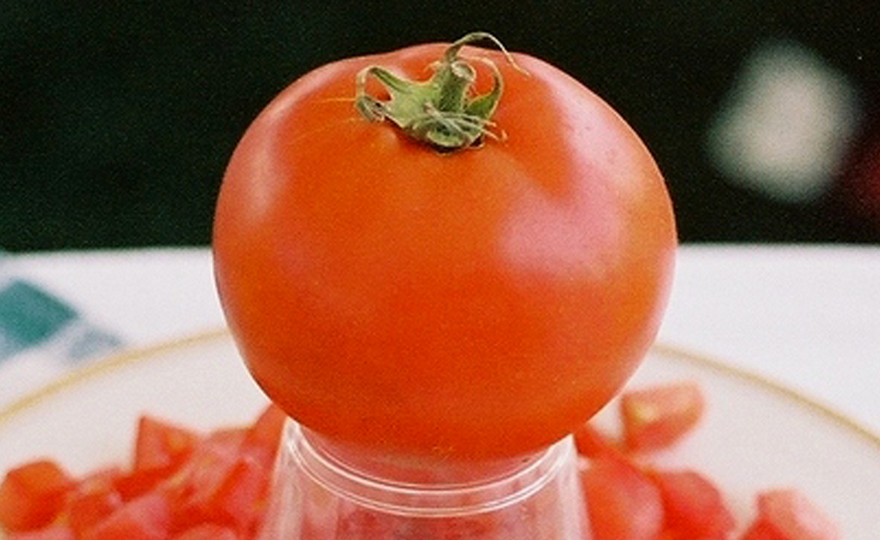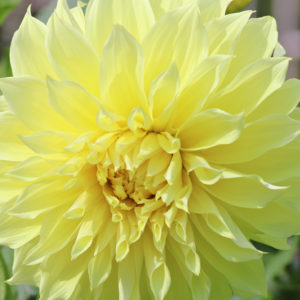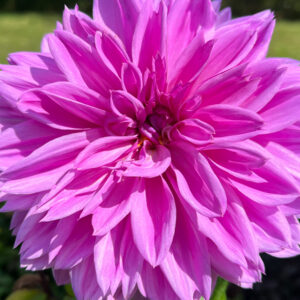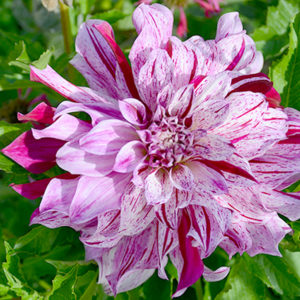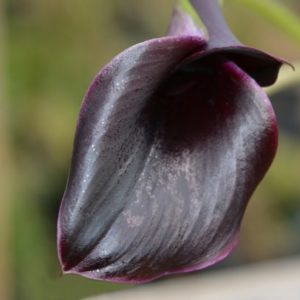Description
 Slicing Tomato, Red Siberian
Slicing Tomato, Red Siberian
Tomatoes may just be the most fanatically admired vegetable/fruit of all time. Many people adore them. Some people can’t stand them. But most people have a definite opinion about them. One thing that is universally true about tomatoes is that their flavor depends upon the growing conditions of their environment. A tomato grown in California may not taste anything like the same variety grown on the Delmarva Penninsula and that same variety may have been delicious when it was grown in Missouri in 2006 and very bland when it was grown in Missouri in 2007. The soil, temperature, water, sunlight and soil amendments all contribute to the changing flavor of tomatoes. Of all the vegetables grown in America, none is more universally beloved than the tomato, and yet, for many decades, this delightful fruit was shunned by Americans who considered it poisonous. The tomato is native to Mexico and western South America where it grows as a perennial. It has been a staple of the diet of these regions for thousands of years. Many of the wild varieties are small, intensely flavored and borne in clusters. Other types of wild and semi-wild tomatoes are larger, but deeply ribbed. The larger fruited varieties probably originated on the eastern slopes of the Andes where there is substantially more rainfall than on the arid western slopes. Both kinds of tomatoes were known as Love Apples. The Spanish explorers introduced the tomato into Europe in the 1500s. It quickly gained popularity, especially in Italy, where the potential of the fruit was immediately recognized. The tomato is part of the Nightshade family of vegetables that include eggplants and potatoes and the poisonous Deadly Nightshade. For this reason, many Americans were convinced that tomatoes, especially the larger, deeply ribbed fruit, were poisonous. This fear that certain vegetables might be poisonous grew irrationally during the late 1700s and early to mid 1800s. During this time, many fresh vegetables were shunned not just those in the Nightshade family. This fear even extended to lettuce and the other salad greens which can only be eaten fresh. By the time of the Civil War, the fear of eating fresh vegetables was beginning to lessen, but the tomato had still not been really discovered. In 1863, Fearing Burr listed on 17 different varieties. In the 1850’s, a Dr. Hand of Baltimore County, Maryland began experimenting with tomato development and crossed a small, red, smooth-skinned tomato with a large, red, deeply ribbed tomato and produced a medium-sized, red, smooth-skinned fruit. He worked on this development for 20 years until he had perfected a fruit which he named, Trophy. Trophy became the most popular variety of its time and the fruit from which many of today’s varieties have been derived. The smooth red skin of Trophy was very appealing to the consumer of the day. Between 1870 and today as many as 1000 different varieties of tomato have been developed. Some of the best tasting have come and gone from the market shelves, but have been preserved in the home gardens of America. Tomatoes are frequently classed as determinate or indeterminate. Determinate varieties stop growing once they have reached a certain height and do not require staking or caging. They are shorter than indeterminate varieties. Indeterminate varieties will continue to grow throughout the season, much like other vines, and will require staking.

